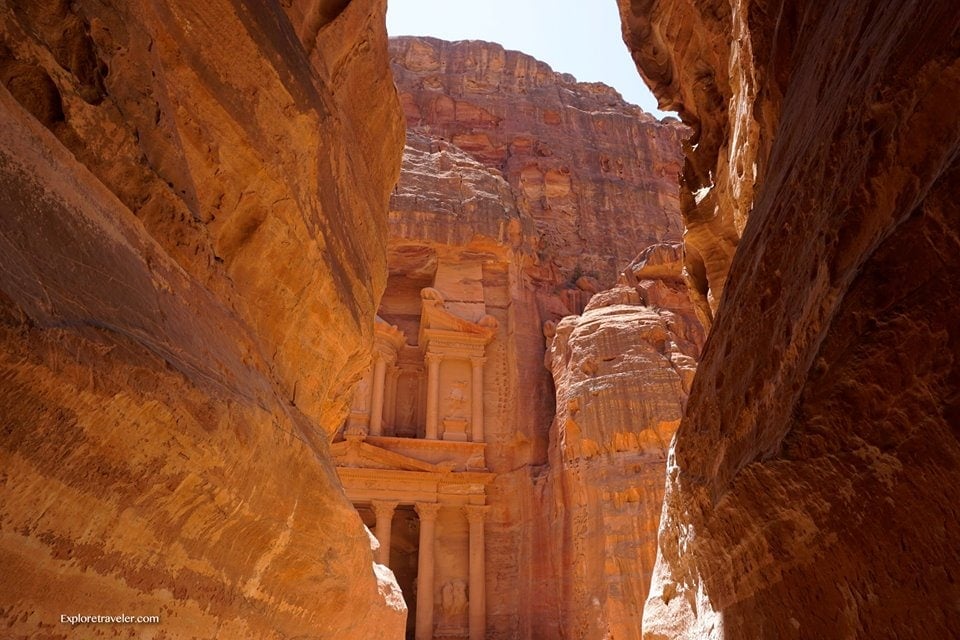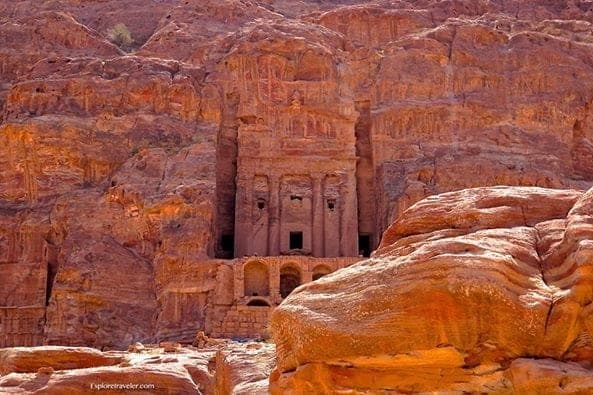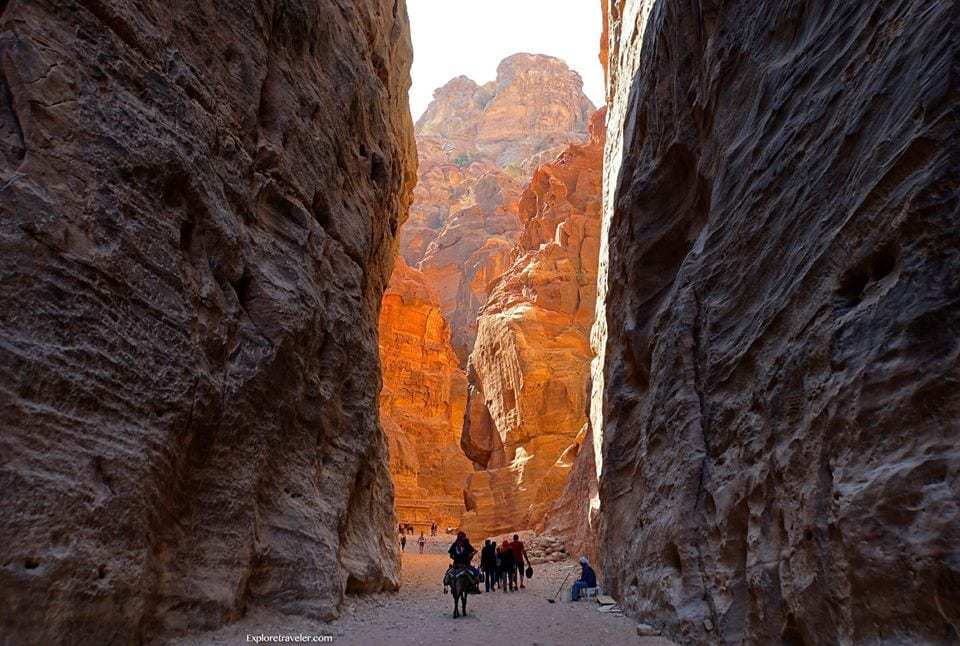Nabataean
Royal Urn Monumental Tomb
Royal Urn Monumental Tomb Royal Urn, is a monumental tomb… Read More »Royal Urn Monumental Tomb
Travel back in time And Discover Petra
Travel back in time And Discover Petra Travel back in… Read More »Travel back in time And Discover Petra


